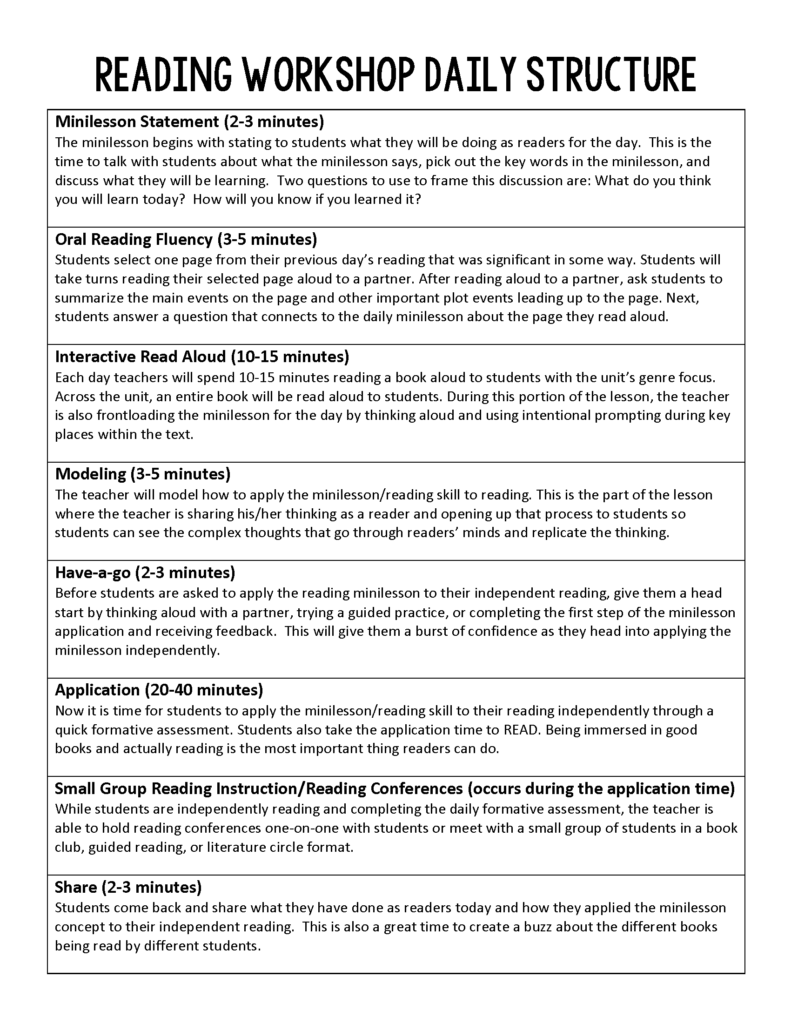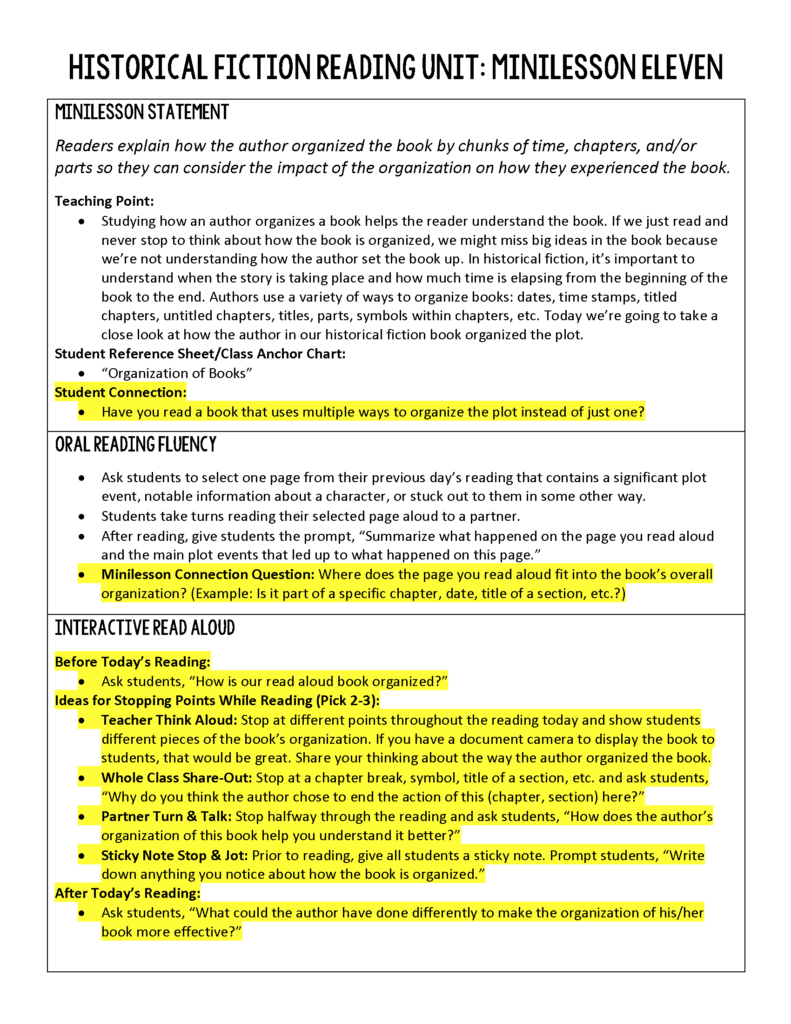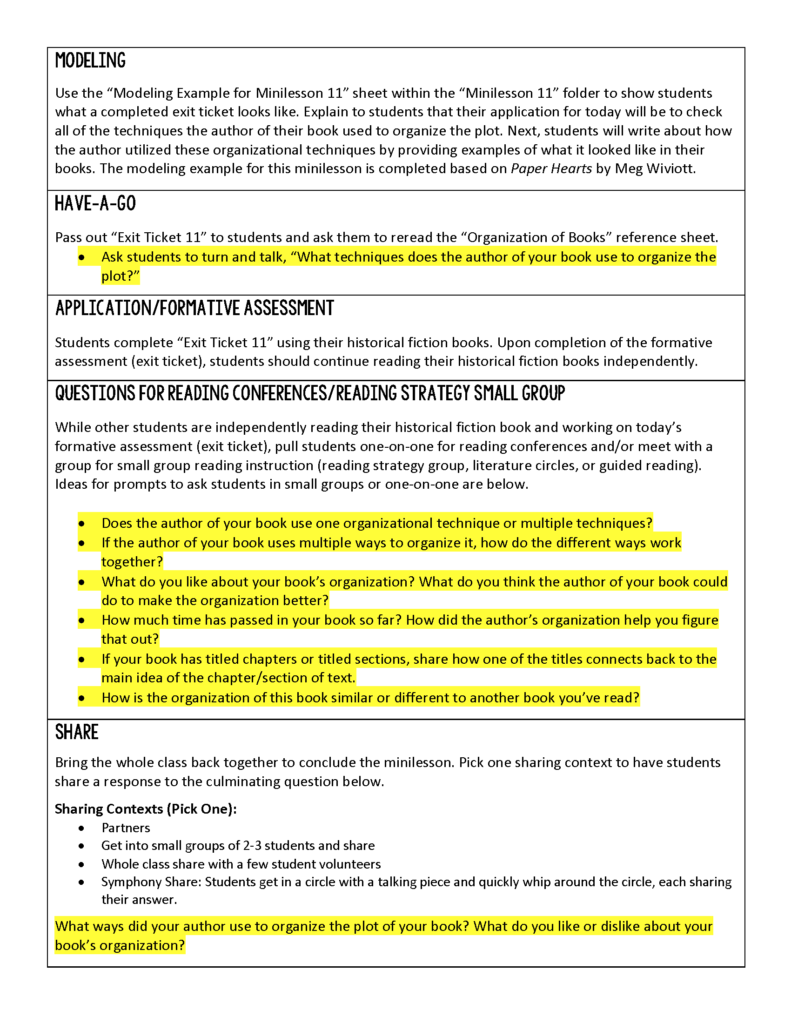In education, we always hear the phrase, “You want to have more student talk and less teacher talk.” I think a majority of teachers would agree with this statement and would rather see their students involved in rich, learning-based conversations with peers versus lecturing in front of the class for the entire class period.
Have you ever had one of those “oh crap” class periods though where the bell rings, and you realize you talked at students nearly the entire time without allowing an opportunity for students’ voices to be heard and valued? Other times you maybe plan for student collaboration with one another only for your social butterflies to awkwardly stare at each other not knowing what to say. Why is it that they’re able to chat freely when they’re not supposed to, and it’s crickets when you ask them to?
Both of the above situations can be avoided. You can get rid of too much teacher talk and that awkward student silence by doing three things.
- Have a teaching framework for your reading minilessons that you use daily. Know when in that teaching framework you are going to ask questions. If you consistently know when you’re going to ask questions in your daily teaching framework, you will stop and ask them. It will just become part of your routine. Students will expect it as well and have the opportunity to practice talking with their peers daily.
- Prepare thoughtful questions that relate to your reading minilesson for the day. While it’s great to have general question prompts that are your go-to’s (What do you notice? What sticks with you?), I have found that if you can tailor your question to the actual minilesson, students get more engaged with talking about reading. Questions that are tailored to the reading minilesson of the day are more relevant, and it also makes every day new and interesting.
- Ask questions in a variety of ways. It’s easy to get stuck in a pattern of always asking the whole class a question and letting 2-3 students who are comfortable responding, respond. When you are asking questions throughout the class period, mix up how the questions are being asked. Below are a few different ways to have students respond to questions.
-Ask a question and have students turn and talk with a partner.
-Ask and question and model how you would respond by opening your mind up to students and explaining not only “the answer” but the thinking process of how you came to that.
-Ask a question to the whole class and have a volunteer student respond.
-Ask a question and have students jot down their answer on a sticky note.
-Ask a question and have students thinking about the answer in their head. You can just move on after that. You don’t always have to have the answer spoken aloud.
-Ask a question and have students write or think about how they would answer it. Then have students share with a partner.
-Ask a question and have students share with a partner and then discuss it as a whole class. You will get different students willing to volunteer because they will be more confident in their answer after sharing it with a peer first.
-Ask a question and have students discuss their responses in small groups.
So now that we have established that questions during reading minilessons should be a predictable part of your daily teaching framework, should be tailored to the actual reading minilesson for the day, and should be asked in a variety of ways, let’s look at some examples. Below is the reading minilesson daily framework that I use.

Next I’m going to show an example of a daily lesson plan. I highlighted the places I ask questions within the daily framework. The reading minilesson that I am using to show an example from comes from my Historical Fiction Reading Unit. The reading minilesson statement for this particular minilesson is, “Readers explain how the author organized the book by chunks of time, chapters, and/or parts so they can consider the impact of the organization on how they experienced the book.” Here is a quick run-down of the places where I ask questions:
–Minilesson Statement: After sharing the minilesson statement, teaching point, and any reference sheet/anchor chart that goes with it, I ask a minilesson connection question to get students to connect and activate background knowledge.
–Oral Reading Fluency: After students read a page of their book or text aloud to a partner, they ask each other a question about that page related back to the reading minilesson.
–Interactive Read Aloud: As you are reading aloud to students, I usually stop 2-3 times to ask questions related back to the reading minilesson for the day. This is a perfect place in the lesson to support student thinking within real text that all students are familiar with.
–Have-a-go: Students work with a partner to start their thinking about what they will do independently during the application of the minilesson. This usually involves a question to get them started with their turn-and-talk conversation.
–Reading Conference/Small Group Reading Instruction: After going through the reading minilesson, students are now working on the application and/or independently reading. This is the perfect time to hold one-on-one reading conferences with students or work with a small group of students. I like to have around 5 questions prepared for this time that relate to the reading minilesson that I can use for individual or small group reading instruction.
–Share: At the end of the class period with a few minutes left, it’s important to bring the day’s learning back around to the focus of the day. A perfect way to do that is to ask students a direct question that will allow them to share the work they did as readers for the day.


If you love this format and want 140 reading minilessons (like the one pictured above) with reading minilesson questions fully prepared and ready to go (along with EVERYTHING else you need to teach reading to middle school students), definitely check out my year-long reading curriculum. I also have individual reading units available by genre. I’ll list those below.
Realistic Fiction Reading Unit
Historical Fiction Reading Unit
Science Fiction/Fantasy Reading Unit
Expository Nonfiction Reading Unit
Memoir Reading Unit
Reading Unit Growing Bundle
Have fun hearing your students’ smart voices discussing texts this year. There is no better classroom background noise!
-Kasey





